After recently rereading Phoebe Lickwar and Thomas Oles article “Why so serious Landscape Architect” [1], it raised a few questions, and I too felt that in some ways, landscape architects have become a little too serious. There is the ability to have fun whilst using sustainable principles in our designs, and that we can bring joy and fun to people’s daily lives.
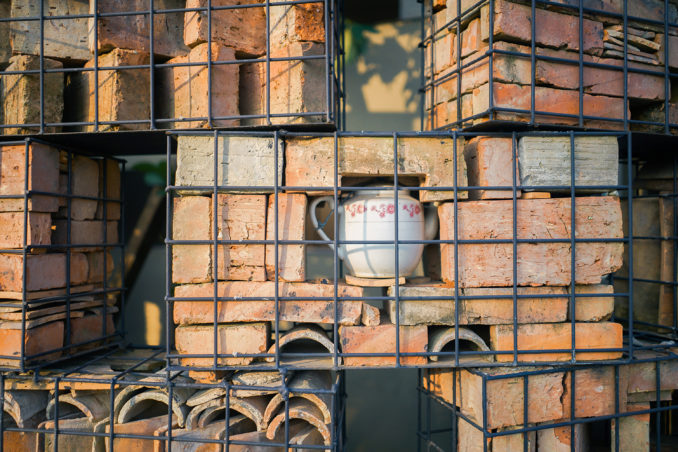
There are various ways that landscape architects can have fun when designing sustainably:
Materials
The use of recycled and reclaimed materials, including brick, concrete, steel, can create interest and fun within a design. There are numerous examples such as reusing steel reinforcing to create lattice structures, placing recycled bricks in gabions rather than sourcing stone and using broken concrete slabs as stepping stones. We can also use recycled materials to replace structural elements of our design, including using recycled concrete as a base for paving.
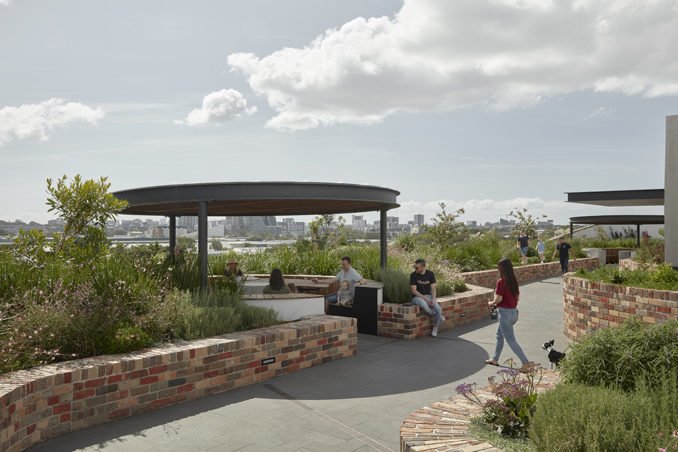
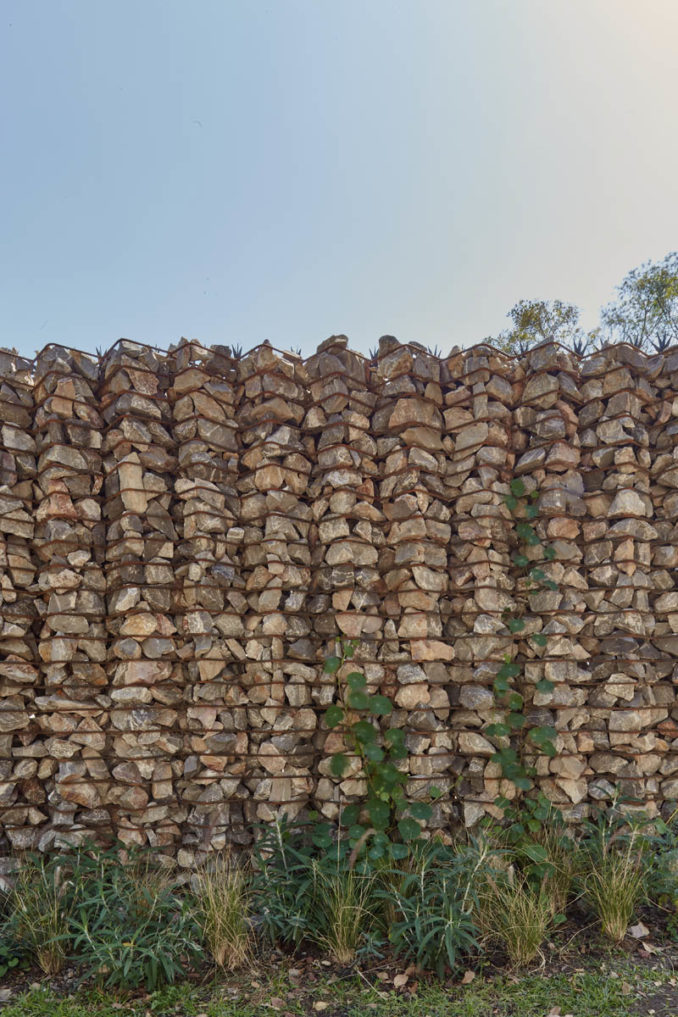
Recycled and reclaimed materials can be used in a myriad of ways, from walls to paving to furniture to art.
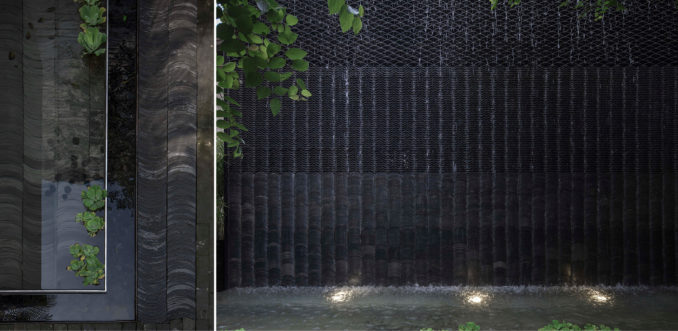
Retaining Site Elements
Retaining site elements such as paving, industrial equipment, and other elements can provide interest and joy to people as they often don’t experience these elements as office workers and families.
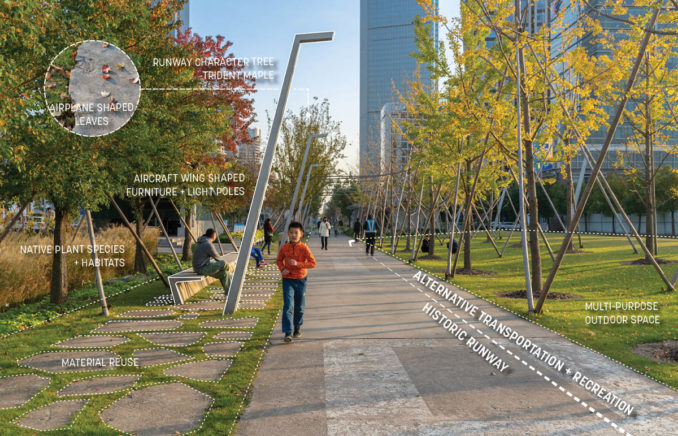
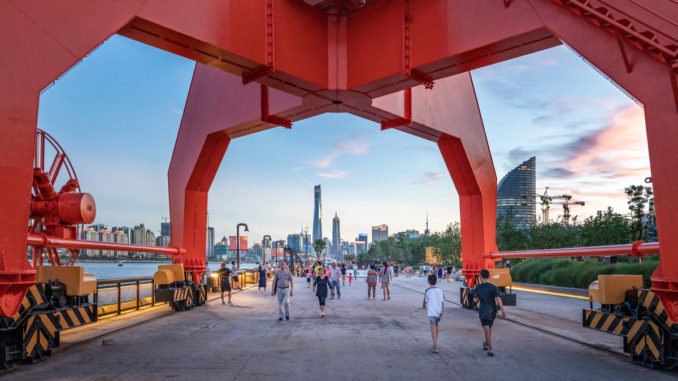
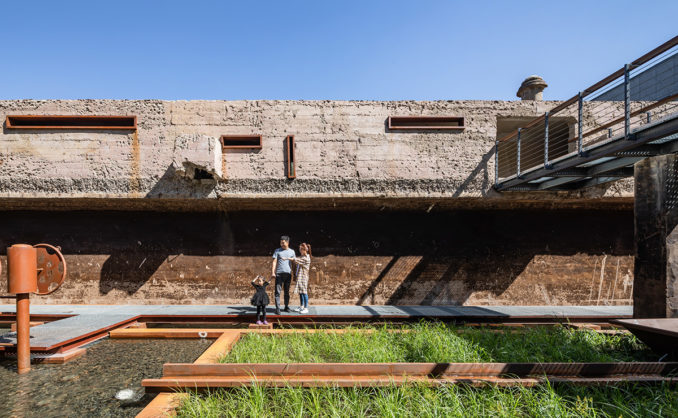
Planting
Trees and planting are underutilized in creating sustainable landscapes. Trees can be used to create shade to cool the landscape. Selecting plants for certain characteristics can create biodiverse, colourful and interesting seasonal landscapes which provide habitat for pollinators and other fauna. A diverse planting palette can create a dynamic and ever-changing landscape that provides the community and visitors with a landscape that can be restful or exciting.
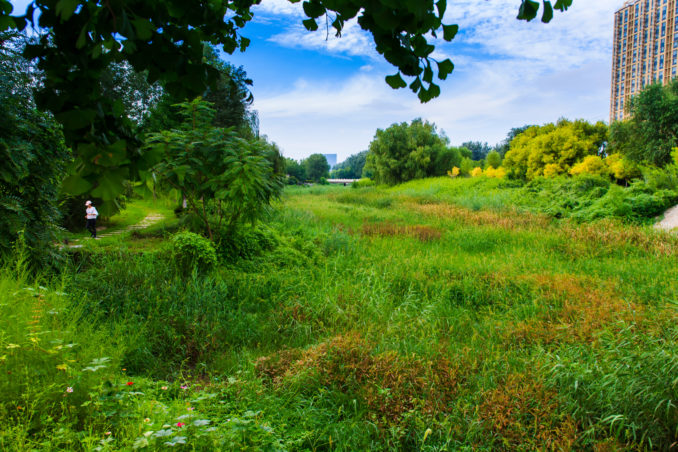
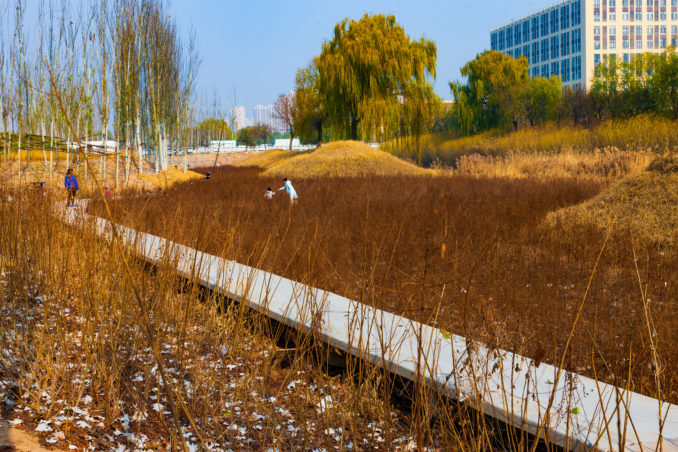
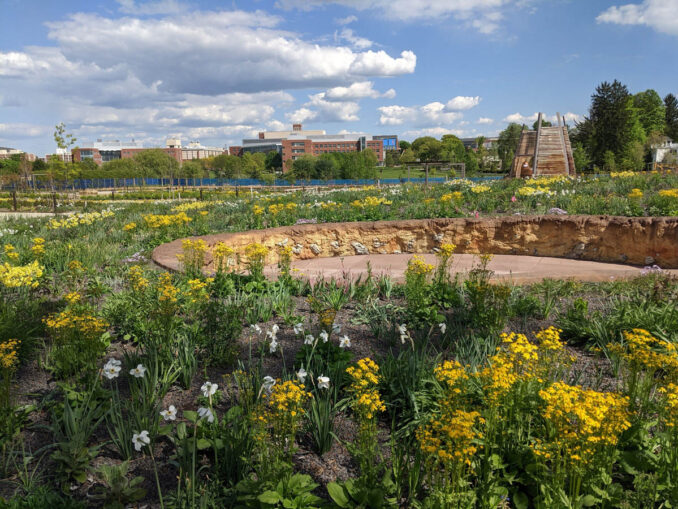
Water
The collection, treating, storage and reuse of water is a key element of landscape design. Water is life-giving and sustains flora and fauna. Water can cool the urban environment through large ponds or atmospheric sprays (swamp fans). It can be an educational experience for children and adults when used in play and recreation such as swimming, fishing, kayaking and more.
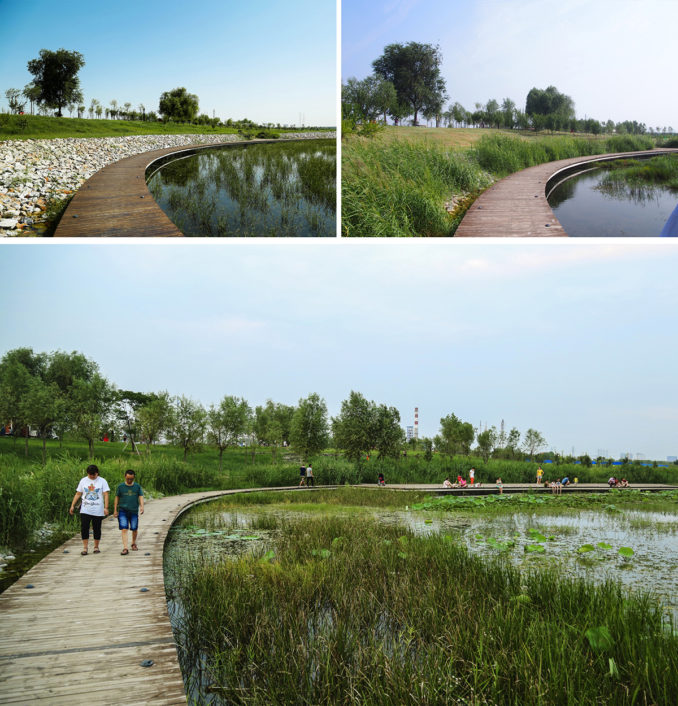
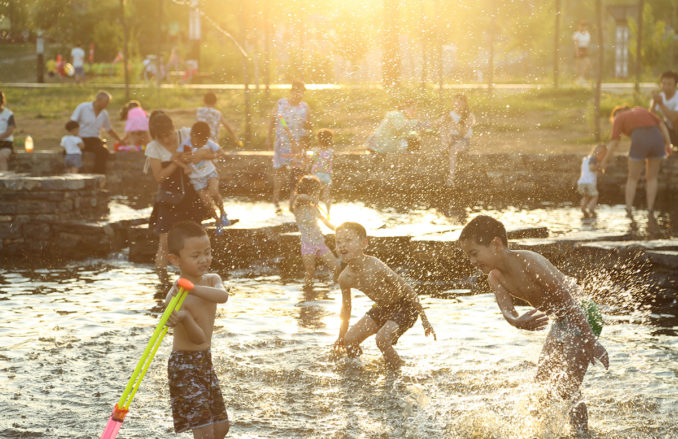
Topography
Often demolition waste and site excavations are underutilised. When creating a design, we should use the cut excavations from the site to fill other parts of the site. It is also possible to utilise demolition waste and fill to create interesting topography across the site.
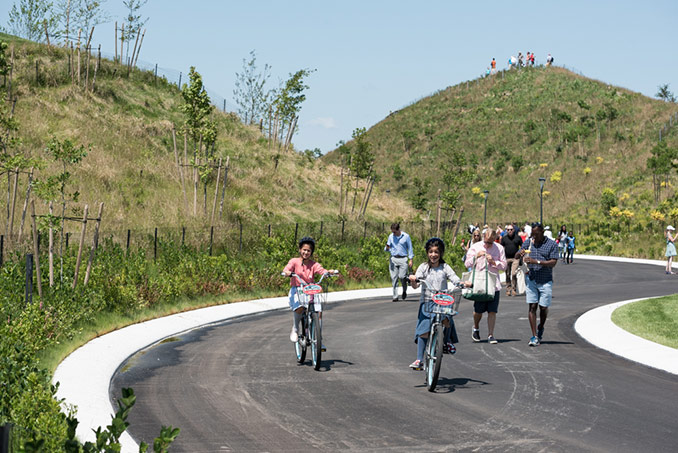
Energy
Like water, we can harness energy in the landscape, store it, and then utilise it for lighting, signage, and interactive displays. Using solar panels or wind turbines on light poles is a starting point. Still, we should also consider large solar arrays with battery systems in projects to provide energy to the community or development (vehicle charging, lighting, water pumping).
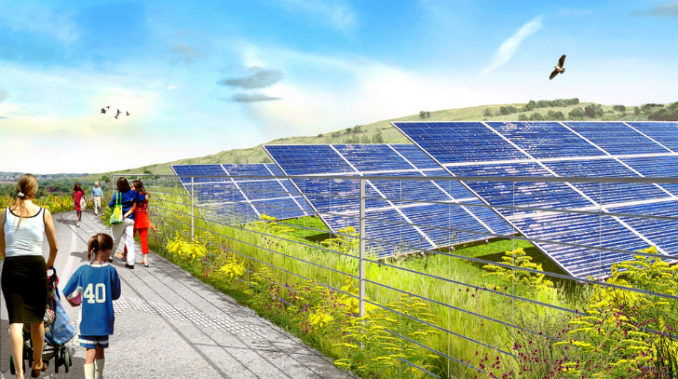
Colour
Using colour in the planting palette or within the landscape is fun to bring a landscape to life. We all have memories of lavender fields or spring blossoms that bring back fun moments in our lives. We, as landscape architects, have the ability to create colourful landscapes that often is missing in the built landscape, especially in dense urban landscapes that can be dominated by glass and steel.
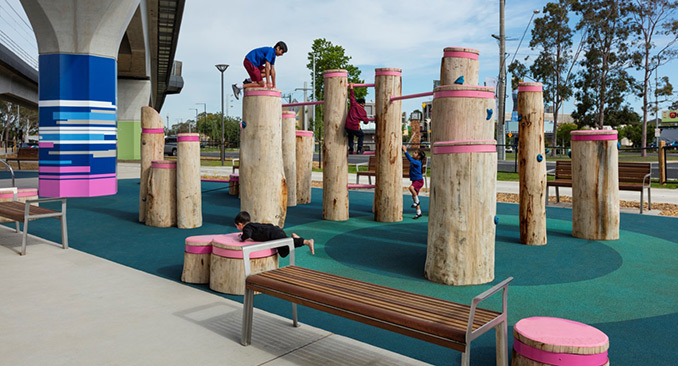
Form
Like colour, landscape architects can use form in various ways and planes within the landscape. Whether using we use form in paving patterns, shade structures, or creating enclosed tree-lined avenues, we can create interesting places through physical form.
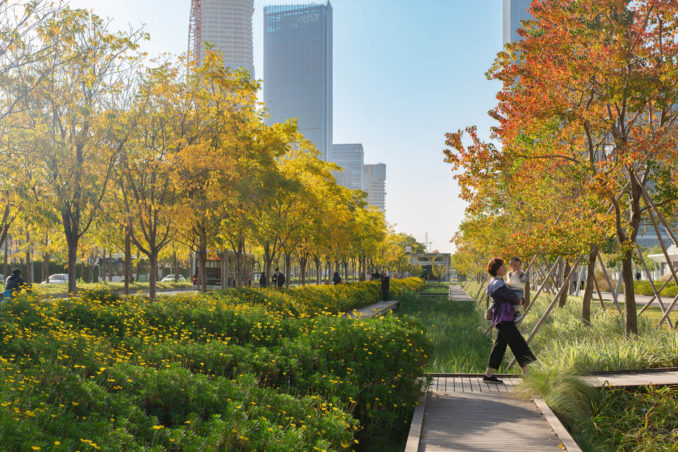
Exploration/Prototyping/Research
Through exploring various prototypes and undertaking studies can be fun for landscape architects, students and the community. The ability to test ideas is key to changing the way we develop our design, reduce the possibility for errors, and improve the design to reduce waste and be more efficient.
Involving People and Communities
By involving people in creating sustainable projects not only involves the local people but also provides opportunities for education and participation in the design process. The involvement of local communities and people from the inception of the project through development, construction and opening gives people a sense of involvement in their community and pride. It also greatly increases that the local community will take ownership of the project and take care of the landscape for years to come.
Creating sustainable landscapes can be fun and is only limited by your imagination. Landscape architects should seek ways to improve their projects through sustainability whilst not getting overly stressed about whether every element of a project is recycled or sustainable. We have to try the achieve the best outcome we can to create sustainable landscapes, but there is always room for fun in designing and creating landscapes.
Sustainability can be fun was written by Damian Holmes, Founder and Editor of World Landscape Architecture (WLA)
Reference
[1] Lickwar, Phoebe & Oles, Thomas. (2015). Why So Serious Landscape Architect. – LA+ PLEASURE/FALL 2015 (pgs 84-85)
https://www.researchgate.net/publication/338778915_Why_So_Serious_Landscape_Architect
